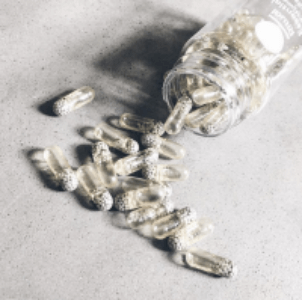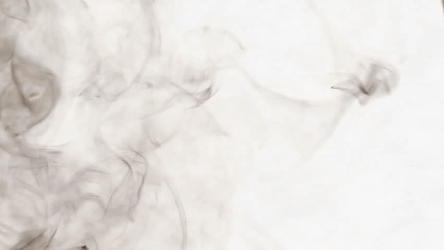Sedation Dentistry
Sedation Dentistry
Dentures or partial dentures are a removable replacement for missing teeth and adjacent tissues. It is made of acrylic resin, sometimes in combination with various metals. To maintain a confident smile, you need dentures that look natural and fit comfortably.

Sedation Dentistry
Oral Sedation


Inhalation Sedation
Nitrous oxide, a sedative you inhale, has been used in dental offices for nearly 100 years. It is a relatively poor pain reliever but a very good anti-anxiety medication. It is administered through a nasal hood, which resembles a small cup that is placed over your nose. The oxygen mixed with nitrous oxide provides a light-headed or even euphoric feeling, which is quick to wear off so there is no ‘hangover’ effect. All bodily functions remain essentially normal during the use of this very safe sedative.
IV Conscious Sedation
Sedatives delivered directly into the bloodstream intravenously (into the vein) are more potent than when taken orally and the amnesic effects may be more profound. Because IV sedation has an almost immediate effect on the body and its functions — including heart rate, blood pressure and breathing — there is a higher degree of risk associated with it than with other types of sedatives. There is also a higher level of training required for those who administer it. As with all sedation (except nitrous oxide) you must be monitored with specialized equipment throughout your IV sedation treatment. The main advantage is that drugs administered this way work immediately and the level of sedation can be adjusted more quickly and easily. And with most sedatives, you won’t remember a thing about your dental procedure after the sedative wears off.

